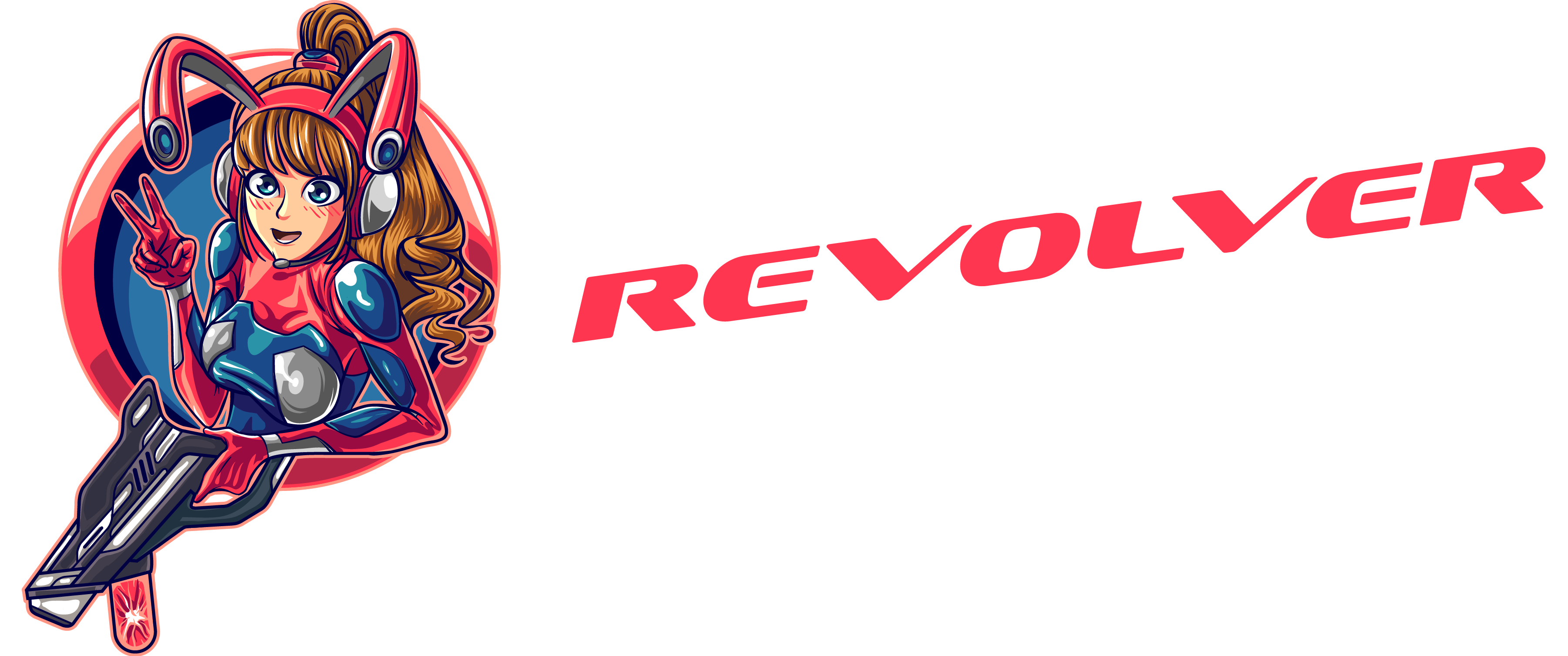When it comes to optimizing supply chain efficiency, one method stands out for its ability to enhance operations seamlessly.
Imagine a system where vendors take the lead in managing inventory levels, freeing your team to focus on strategic decisions.
The benefits extend beyond mere inventory control, fostering collaboration and improving customer satisfaction.
This approach could be the missing piece to your supply chain puzzle, offering a glimpse into a future of streamlined processes and enhanced performance.
The Evolution of VMI
Throughout the years, Vendor Managed Inventory (VMI) has transformed significantly in response to the ever-changing demands of supply chain management. The evolutionary changes in VMI have been heavily influenced by technological advancements. Initially, VMI systems relied on manual inputs and basic calculations, often leading to inefficiencies and inaccuracies. However, with the advent of advanced software solutions and automation, VMI has undergone a substantial evolution.
Technological advancements have played a crucial role in enhancing the accuracy and efficiency of VMI processes. Modern VMI systems are now equipped with sophisticated algorithms and predictive analytics, enabling real-time monitoring of inventory levels and demand forecasting. These innovations have enabled companies to streamline their supply chains, reduce stockouts, and optimize inventory levels.
Key Benefits of VMI
What’re the key benefits of Vendor Managed Inventory (VMI) that contribute to optimizing supply chain operations?
Implementing VMI brings about improved efficiency and cost savings. One significant advantage is the reduction in stockouts and overstock situations. By allowing vendors to monitor and manage inventory levels, organizations can ensure that products are always available when needed, minimizing disruptions in production or sales. This improved efficiency leads to smoother operations and ultimately higher customer satisfaction.
Cost savings are another key benefit of VMI. With better control over inventory levels, companies can minimize carrying costs associated with excess stock. Additionally, VMI can lead to lower transportation and storage expenses due to optimized inventory levels and streamlined logistics. By reducing waste and improving inventory turnover rates, VMI helps organizations save money and operate more profitably.
Implementing VMI Successfully
To ensure the successful implementation of Vendor Managed Inventory (VMI), key strategic steps must be taken to align supply chain operations with the principles of efficient inventory management. Inventory optimization plays a crucial role in VMI success. By analyzing demand patterns and historical data, you can set optimal inventory levels, reducing stockouts and excess inventory costs.
Technology integration is another vital aspect. Implementing robust inventory management systems that allow real-time tracking and automated replenishment can streamline operations and enhance efficiency.
Supplier collaboration is equally essential. Establishing strong communication channels with suppliers ensures timely deliveries and accurate inventory levels. By sharing sales forecasts and demand patterns, you can work together to meet customer needs effectively.
Moreover, effective demand forecasting is key to VMI success. By accurately predicting future requirements, you can proactively adjust inventory levels and minimize supply chain disruptions.
VMI Metrics for Performance Tracking
Utilize targeted performance metrics to monitor and optimize Vendor Managed Inventory (VMI) operations effectively. Performance analysis plays a crucial role in evaluating the efficiency and effectiveness of VMI systems. By tracking key metrics such as fill rates, order cycle times, and inventory turnover, you can gain valuable insights into the performance of your VMI program. These metrics allow you to identify areas for improvement, optimize inventory levels, and enhance overall supply chain performance.
Inventory optimization is a key objective of VMI, and performance metrics are instrumental in achieving this goal. By analyzing data related to stock levels, lead times, and demand variability, you can ensure that your inventory is aligned with customer demand while minimizing carrying costs and stockouts. Additionally, performance tracking enables you to detect potential issues proactively, such as forecast inaccuracies or supplier delays, allowing you to take corrective actions swiftly.
Future Trends in VMI
Future trends in Vendor Managed Inventory (VMI) are shaping the landscape of supply chain management, driving innovation and efficiency in inventory control practices. One key trend is the increasing integration of technology and automation in VMI systems. Companies are leveraging advanced technologies such as data analytics, artificial intelligence, and Internet of Things (IoT) to enhance demand forecasting accuracy, optimize inventory levels, and automate replenishment processes. By embracing these technological advancements, organizations can streamline operations, reduce costs, and improve customer satisfaction.
Another significant trend in VMI is the growing focus on sustainability initiatives and the environmental impact of supply chain practices. Companies are recognizing the importance of adopting eco-friendly inventory management strategies to minimize waste, reduce carbon footprint, and promote responsible sourcing. Implementing sustainable VMI practices not only aligns with corporate social responsibility goals but also helps in building a positive brand image and meeting regulatory requirements. As businesses continue to evolve, integrating technology and sustainability into VMI processes will be crucial for staying competitive and meeting the demands of a rapidly changing market.
Conclusion
As the conductor orchestrates a symphony, vendor managed inventory harmonizes the supply chain, ensuring a seamless flow of goods. By entrusting suppliers with inventory management, businesses can achieve efficiency and cost savings.
Embrace the evolution of VMI to optimize performance and stay ahead of the competition. Keep an eye on emerging trends in VMI to adapt and thrive in the ever-changing landscape of supply chain management.
Embrace VMI as your trusted partner in streamlining operations for a brighter future.



